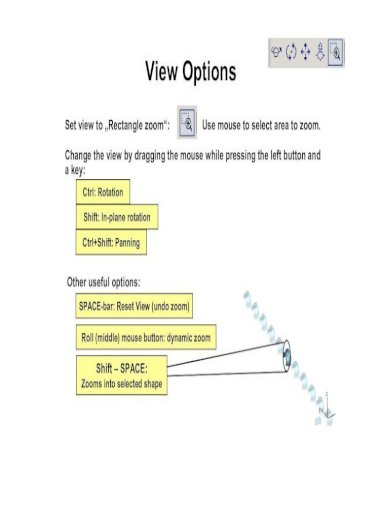

A transmission type polarizer has been offered, to reach linear and circular polarization conversions, but with large angular stability just for LTC conversion 28. A three-layer, dual-band reflective polarization converter metasurface is reported in 27 to change the linearly polarized incident wave to its’ cross component. A reconfigurable butterfly-shaped metasurface is also realized based on active metasurfaces in 26 in which the structure can be switched between linear and circular polarization conversions under normal incidence. Recently, an oval-shaped cross polarization converter metasurface is investigated to convert a linearly/circularly polarized EM wave to its cross component in the frequency range of 10.2–20.5 GHz with high efficiency and wide angular stability 25. In 24, an ultra-wideband ellipse shaped LTC converter metasurface is introduced to reach a wideband conversion with wide angular stability. Double U-shaped patches 22, H-shaped patches 23, Split Ring Resonator 7 and other shapes metasurface-based structures have been investigated to achieve wideband or multiband polarization conversions. Linear-to-linear 15, 16, 17, circular-to-circular/linear 18, 19 and linear-to-circular 20, 21 polarization converters are among the reported literature. Several reflection and transmission type polarization converters have been investigated to transform linear or circular polarized waves to their orthogonal counterparts after transmitting or reflecting from the metasurface. A novel design of a cross converter has been presented in 14 which comprises of a modified square patch, bi-layered substrate and a defected ground plane to expand the bandwidth. Therefore, to overcome the aforementioned deficiencies, various polarization converters based on metasurfaces have been reported due to their superior properties such as compact size and easy integration with other devices. It has been certified that metasurfaces 11, 12, 13, as 2-dimentional and planar versions of metamaterials can profoundly control polarization condition of the EM waves. However, as previously mentioned their narrow bandwidth generally restricts their applications. Therefore, different anisotropic metamaterial structures and chiral metamaterials have been introduced from microwave to optics frequency range 7, 8, 9, 10. One of their most common applications is EM polarization control. Due to their unusual property, not easily found in nature, metamaterials can obtain unprecedented opportunities in different fields 4, 5, 6. Several polarization conversion methods have been introduced which suffer from narrow bandwidth, high loss, volumetric structures and angular dependent responses. Converters’ applications include a vast variety of antenna design, radio communication, radar technology and etc. Conventional techniques for polarization manipulation specially in optical crystals, require large bulky structures when compared to operating wavelength.

Polarization state of the EM wave and its manipulation has been of great importance as well as frequency and phase for various applications in microwave, terahertz and optical frequency ranges 1, 2, 3. Finally, a fabricated prototype is tested to validate the simulated results through measurement. Moreover, the root cause of the cross-polarization conversion has been analyzed and confirmed through Bi-Mode Foster equivalent circuit and surface current distribution as well. Wide angular stability up to 60° oblique incidence along with high efficiency reveals the good applicability of the structure. The simulated results show that the converter successfully transforms a y-polarized incident wave to its orthogonal counterpart in a frequency range of 15.5–16.5 GHz with unity conversion at 16 GHz and circularly-polarized (RHCP) wave at 13 GHz and (LHCP) at 18 GHz, verified through the fabricated and measured sample. The design consists of a square with two curves on the top right and lower left corners and a square Split Ring Resonator (SRR) responsible for linear-to-linear and linear-to-circular polarization conversions, respectively. The proposed simple converter can effectively convert an incident linearly polarized EM wave to its orthogonal counterpart and circular polarized waves (RHCP and LHCP) at two frequency bands. A compact and asymmetric multi-band reflective polarization converter metasurface has been offered in this paper.


 0 kommentar(er)
0 kommentar(er)
